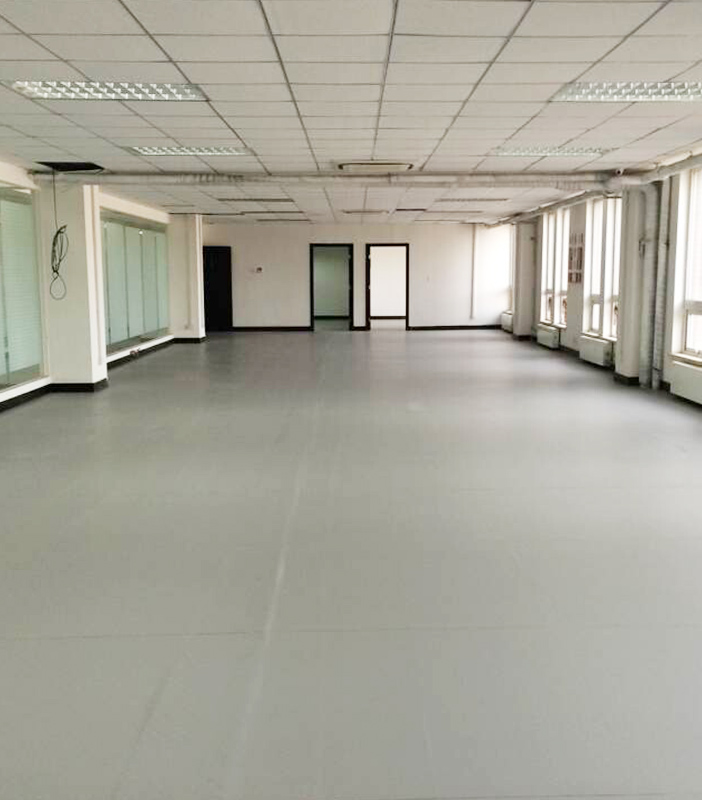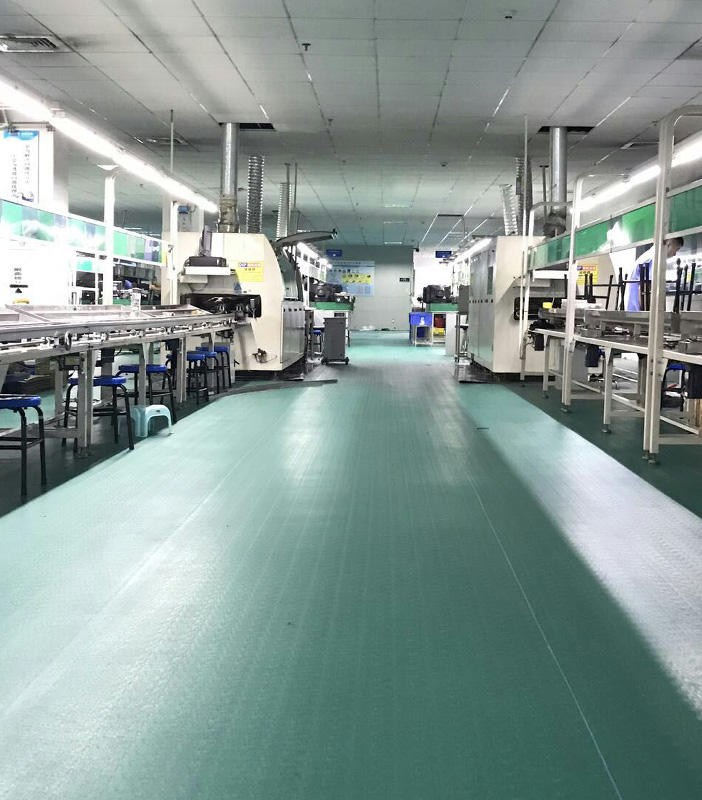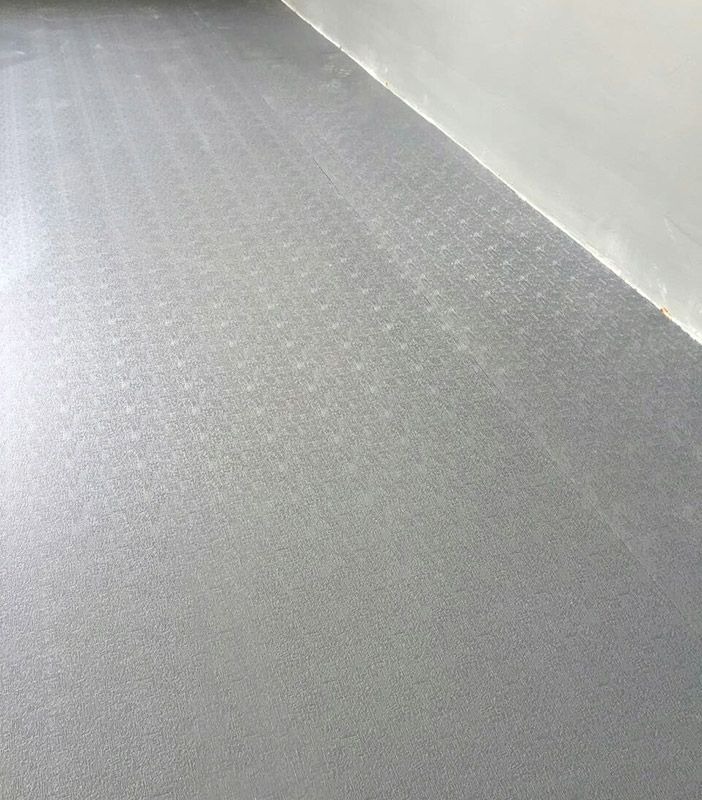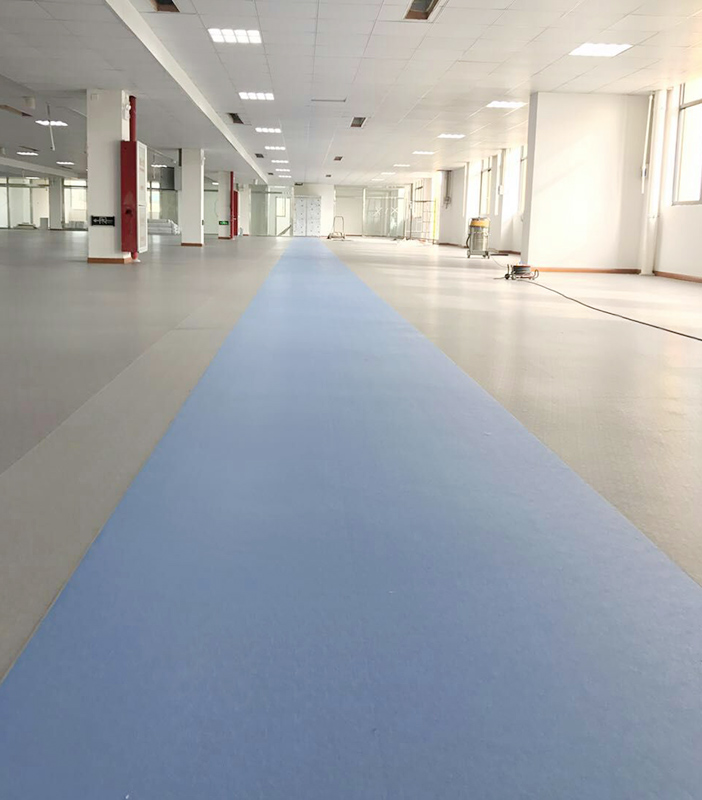Anti-static table mats are specialized surfaces designed to prevent the buildup of static electricity in environments where sensitive electronic equipment is used. These mats are particularly important in work areas such as electronics manufacturing, repair, and assembly, where even the smallest electrical discharge can damage components or disrupt operations.
Anti-static table mats are made from materials that help dissipate static charges, providing a safe surface for handling electronic components. They are commonly used on workbenches, desks, and assembly stations where the risk of static electricity is high. The mats typically have conductive properties that allow static electricity to flow harmlessly into the ground, preventing it from accumulating on the surface of the mat or the objects placed on it.
These mats are designed to prevent static discharge, which can cause permanent damage to sensitive devices such as microchips, circuit boards, and other electronic components. Static electricity can be generated by simple actions like moving or touching objects, and without proper protection, it can cause malfunction or failure of delicate equipment.
One of the key features of anti-static table mats is their ability to control static charge buildup. They are made from materials such as rubber, vinyl, or other synthetic substances that have been treated to reduce the accumulation of static electricity. Some mats also include a conductive layer that ensures any static buildup is safely grounded, helping to protect both the user and the equipment.
Another important feature is the mat’s durability. Anti-static mats are designed to withstand the wear and tear of daily use in a work environment. They can handle contact with various tools, chemicals, and equipment without losing their effectiveness in static control. Some mats also feature textured surfaces that provide additional grip, making them suitable for holding components in place during assembly or repair work.
Anti-static mats are also relatively easy to clean and maintain. more mats can be wiped down with a damp cloth, and some models are resistant to chemicals, making them ideal for environments where cleaning agents are frequently used. Their maintenance is simple, ensuring that they remain effective over time.
In environments where electronics are being assembled, repaired, or tested, static discharge can be a major concern. Even a small electrical shock can cause irreparable damage to microcircuits, sensors, and other critical components. This is why anti-static table mats are essential for preventing electrostatic discharge (ESD) during sensitive tasks.
These mats are particularly important in industries like electronics manufacturing, computer repair, telecommunications, and the aerospace sector. They ensure that workers can handle equipment without the risk of generating static that could harm the delicate systems they are working with. In addition to protecting equipment, anti-static mats help create a safer work environment by reducing the likelihood of static shock to the user.
While anti-static mats are effective at preventing the accumulation of static charges, they should be used in conjunction with other anti-static measures. For example, workers should wear anti-static wrist straps to further reduce the risk of static discharge while handling sensitive equipment. Proper grounding of the work environment is also important, as it ensures that static charges can be directed safely to the ground.
Additionally, choosing the right type of mat is essential depending on the nature of the work being done. For example, some anti-static mats are specifically designed for use with highly sensitive components, while others are intended for general use in environments with a lower risk of static buildup.
Anti-static table mats are a vital tool for protecting sensitive electronic equipment from the damaging effects of static electricity.

 简体中文
简体中文 English
English España
España Deutsch
Deutsch




